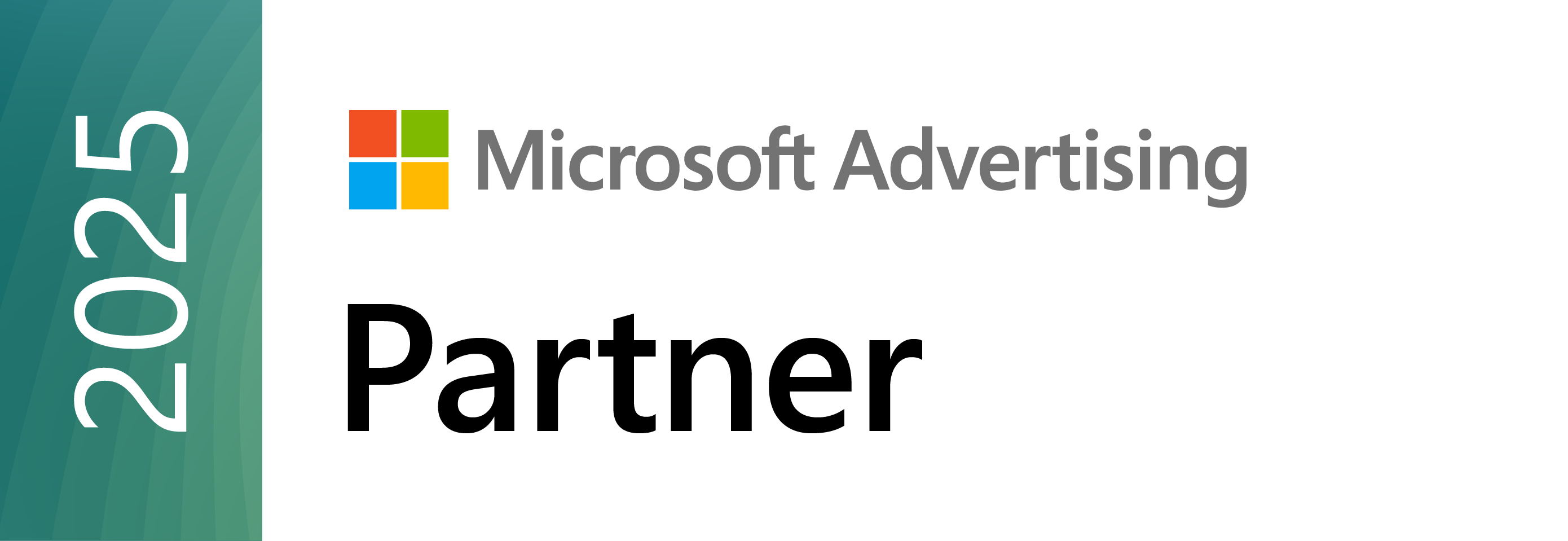
For too many universities, marketing ends the moment a student enrolls. Ads run. Applications roll in. Tuition checks get cashed. Mission accomplished, right?
Not quite.
A tuition deposit isn’t the finish line. It’s the starting whistle. Universities pour budget into cost-per-enrollment (CPE) campaigns, celebrate a bump in applications, and then wonder why retention stalls or alumni giving flatlines. The problem isn’t the media mix; it’s the metric. When marketing success stops at “lead acquired,” you lose the much larger prize: lifetime value.
Real success in higher ed marketing comes from what happens next: retention, advocacy, and alumni engagement. Yet many institutions still focus solely on cost-per-lead (CPL) or CPE, missing the chance to build lasting relationships that fuel long-term growth.
It’s time for a shift in thinking. One that redefines success not as a single conversion point, but as a connected student experience from prospect to lifelong supporter.
In this blog, we’ll explore what full-funnel higher ed marketing really looks like, why it matters now more than ever, and what universities can learn from brands that already do it well.
Lead gen is easy to measure and even easier to obsess over. But enrollment-focused metrics paint an incomplete picture of performance.
As Oodle’s Kyle Fant put it, “It’s one thing to get a student enrolled. It’s another to get them to stick around for four years. Or to come back for more.” Enrollment without retention isn’t growth. It’s churn.
Some institutions see a staggering 50% drop-off between acceptance and matriculation. That kind of fallout doesn’t just waste ad spend. It suggests a deeper disconnect between marketing, program fit, and student experience. When marketing ends too early, students are left unsupported during the critical transition from “I’m in” to “I’m showing up.” Without clear messaging, onboarding nudges, or expectation setting, enrollment becomes a leaky funnel.
Wrong-fit students might look like a win on a spreadsheet, but they cost far more in the long run. Churn, stop-outs, and student dissatisfaction add up fast, and CPE doesn’t account for any of it. As Vice President of Media Hannah Brown noted, “Maybe at first it looks a little more expensive, but in the end, it does pay off” if you’re focused on quality, not just quantity.
CPE also blinds teams to the true value of brand building, retention efforts, and post-grad engagement. These strategies may not yield immediate clicks, but they shape long-term results, the kind CMOs can’t afford to overlook as budgets shrink and student skepticism grows.
When every ad screams “Apply Now,” students never hear your story. They miss what makes your institution worth choosing again: for a second credential, a giving campaign, or a recommendation to someone else. Without brand storytelling, you lose future value.
In a shrinking enrollment market, these are compounding liabilities. Short-term thinking might fill seats today, but it won’t build the kind of institutional resilience that tomorrow demands.
| Stage | Goal | Sample KPI | CMO Question |
| Awareness | Build brand presence | Unbranded search lift | “Why should a prospect notice us?” |
| Consideration | Nurture the right prospects | Inquiry to application rate | “Are we attracting fit students?” |
| Enrollment | Convert accepted students | Deposit to matriculation rate | “Where do they stall?” |
| Retention | Keep students progressing | Credit hour completion | “How many stay and succeed?” |
| Advocacy | Turn graduates into fans | Alumni engagement score | “Will they come back or give back?” |
A truly student-centric marketing strategy maps to the full lifecycle:
Each stage has different needs, different KPIs, and different audiences. But they all need marketing support backed by first-party data, clear value propositions, and a unified voice across platforms.
As Hannah put it, “If your brand is an afterthought, this will never work for you.” That means universities can’t wait until senior year to reconnect with students. And they definitely can’t show up post-graduation with a donation request and no relationship.
What Higher Ed Can Learn from Consumer Brands
Other industries don’t stop nurturing the moment a customer converts, and higher ed shouldn’t either. The most successful consumer brands acquire users AND retain, engage, and grow their value over time. The same approach applies to the student lifecycle.
Netflix doesn’t just land subscribers. It keeps them watching with personalized nudges and well-timed reminders. Universities can take a cue by sending proactive semester-start checklists, nudges from advisors, or reminders about academic resources and mental health support. It’s about making students feel seen and supported before problems arise.
Airlines don’t wait until the end of a trip to build loyalty. They reward frequent flyers with perks, points, and exclusives along the way. Advancement teams can do the same by recognizing micro-engagements early: inviting alumni to guest lectures, facilitating mentorships, or offering access to exclusive networking events. Small touchpoints build affinity long before the donation ask ever lands.
SaaS companies assign customer success managers post-sale to help users onboard, hit goals, and stick around. Similarly, universities can pair incoming students with peer mentors, success coaches, or first-year experience programs. Support after enrollment is what turns a lead into a graduate and maybe a future donor.
Across industries, the winning metric is LTV (lifetime value), not CPA (cost per acquisition). Higher ed is overdue for that same pivot, from measuring only what it costs to bring students in to focusing on what it takes to help them stay, succeed, and return.
It’s not about flooding the funnel. It’s about getting more value from every student who enters it.
Here’s how leading institutions (and their marketing partners) are starting to close the loop:
From nurturing inquiries to celebrating graduation, automated email flows can guide students through every stage of the journey. Use email to welcome, reassure, support, and re-engage.
Move beyond generic demographic targeting. Use students’ behaviors like site engagement to understand their major, modality, and timing preferences, which is rich fuel for dynamic content and retargeting. As Hannah noted, quality trumps volume when first-party data guides spend.
Proactive outreach can prevent student attrition. Think resource reminders, peer connection opportunities, or academic planning support. If students ghost your university, it might be because you ghosted them first.
An example could be doing in-semester push reminders via SMS and paid social only to enrolled students flagged “at risk” in your CRM. Small spends here save millions in lost tuition.
Tell their stories. Show what’s possible after graduation. Offer continuing education pathways. Alumni want to feel like more than a past transaction. They want to feel like part of a lifelong network.
Launch story-driven videos that show how graduates thrive, then invite viewers to mentor the next cohort. Follow up with giving appeals once the emotional connection is fresh.
Related Reads:
At Oodle, we help universities build connected digital experiences that span the entire student lifecycle. That means developing marketing systems that nurture not just leads, but relationships.
Here’s how we do it:
We help institutions map the full funnel, identifying high-impact touchpoints, building LTV models, and aligning KPIs with real outcomes like retention and alumni engagement. In-house tools like Atlas™ bring structure to strategic planning, content audits, and audience insights.
Our media approach balances short-term demand capture with long-term brand building. We run smart campaigns across every stage, from awareness to re-engagement, using performance data to constantly optimize toward quality, not just quantity.
We create modular, story-driven content that evolves with your audience. No more “flexible and online” clichés, just authentic, differentiated messaging that builds trust from first impression to final transcript.
Whether you’re just getting started or running a sophisticated stack, we make first-party data actionable. Our team supports CRM integrations, journey mapping, and retargeting strategies that improve yield and increase personalization without overwhelming your internal resources.
Our support scales to your team’s needs. That could mean fractional marketing help for lean teams, or an embedded partnership for enterprise-level universities looking to mature their operations across multiple programs or campuses.
In short: It’s not just about increasing leads. It’s about increasing fit, retention, and return with a partner who’s as invested in long-term value as you are.
Enrollment is a moment. Relationship is the mission. Institutions that master full-funnel higher ed marketing will see healthier retention, richer alumni networks, and sustainable revenue. No enrollment cliff required.
Need help rewriting your marketing metrics? Explore our higher education solutions and start marketing for the entire student journey.
Get marketing insights that actually move the needle — directly in your inbox.



